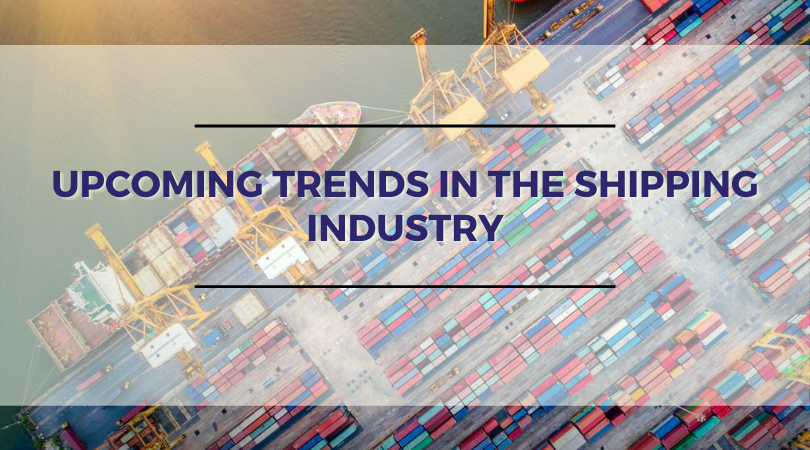UpComing Trends In The Shipping Industry
As we move towards the end of 2020 and situations start to normalize, a lot of things won’t remain the same. The shipping industry was one of the worst affected ones, and we can expect the most innovative trends to surface post-pandemic. As the technology continues to evolve, the shipping industry will also witness new innovations focused on expanding shipping management, freight carrying capacity, eco-friendliness, greater visibility of freight movement, and advanced security systems.
Internet of Things (IoT) will become one of the major shifts in the equipment purchase policies across the maritime industry. IoT consists of a group of sensors and devices that act together for achieving close cooperation on multiple activities to fulfill a common objective in terms of interacting with their deployment environment. For shippers, this could ease the freight movement and inspection as well as help them with predictive maintenance. The market for IoT devices is expected to touch $1.6 trillion by 2025. The major beneficiary of IoT in the shipping industry would remain the containers. Smart containers will fast become a reality as we can retrofit the existing containers to improve their utility manifold. The shippers will be able to capture the real-time location of the containers as well as implement geotagging and geo-fencing.
Secondly, Blockchain is no longer limited to digital currencies as it is slowly sneaking into anything that requires maintaining records. For the shipping industry, it will open new horizons of trade and commerce as the growing concerns regarding responsible sourcing of the products. It will digitize the record-keeping and improve transparency by leaps and bounds. Many businesses like the FMCG sector need to produce the sourcing details for their products, and blockchain-based smart contracts will make international trade faster, secure, and more affordable even for new players.
The compliance is expected to become much simpler, allowing greater movement of goods across markets. The simplified taxation will allow trade and commerce to prosper at a higher rate. Blockchain will also make payments more secure, one of the top concerns for businesses in today’s time. By the end of 2020, 60% of the CIOs will start integrating blockchain with their infrastructure.
The global merchant fleet has more than 50,000 ships, and big data analytics will play an important role in maritime shipping. The data recorded by sensors on the vessels, environment data, and the information from various intermediary bodies can be used to serve multiple purposes. Ultimately, this will lower the pressure on the global supply chain. The use of machine learning algorithms to understand freight movement patterns will pave the way for intuitive use of the equipment and personnel. I feel that using Big Data Analytics to service the bi-directional data pipelines between the ships and the commercial bodies will help in reducing the time required for procurement and increase the responsiveness of businesses in fulfilling the global demand.
Source: https://www.orderhive.com/


















